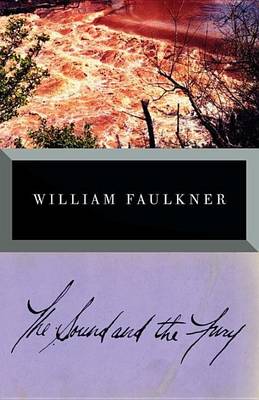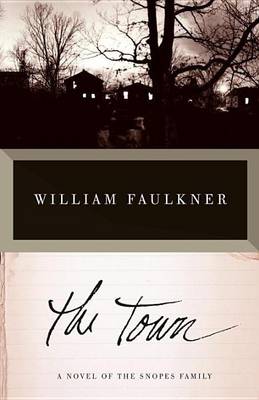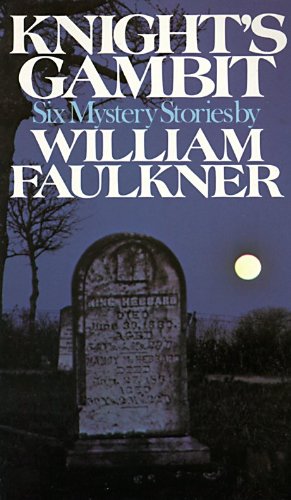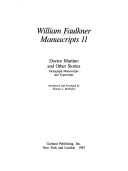Collected works of William Faulkner
8 total works
This is the second volume of Faulkner’s trilogy about the Snopes family, his symbol for the grasping, destructive element in the post-bellum South. Like its predecessor, The Hamlet, and its successor, The Mansion, The Town is completely self-contained, but it gains resonance from being read with the other two. The story of Flem Snopes’s ruthless struggle to take over the town of Jefferson, Mississippi, the book is rich in typically Faulknerian episodes of humor and profundity.
“I set out deliberately to write a tour-de-force. Before I ever put pen to paper and set down the first word I knew what the last word would be and almost where the last period would fall.” —William Faulkner on As I Lay Dying
As I Lay Dying is Faulkner’s harrowing account of the Bundren family’s odyssey across the Mississippi countryside to bury Addie, their wife and mother. Narrated in turn by each of the family members—including Addie herself—as well as others the novel ranges in mood, from dark comedy to the deepest pathos. Considered one of the most influential novels in American fiction in structure, style, and drama, As I Lay Dying is a true 20th-century classic.
This edition reproduces the corrected text of As I Lay Dying as established in 1985 by Noel Polk.
'The past is never dead. It's not even past.'
Nancy, a black nursemaid, is about to be hanged for killing her mistress's baby. The mother, Temple Drake, knows the reason why. The night before the execution, a lawyer pleads with Temple to intercede, but will the past allow for justice or absolution in the present? Switching between narrative prose and play script, this is Faulkner's haunting sequel to his earlier bestseller, Sanctuary.
“Read, read, read. Read everything—trash, classics, good and bad, and see how they do it. Just like a carpenter who works as an apprentice and studies the master. Read! You’ll absorb it. Then write. If it is good, you’ll find out. If it’s not, throw it out the window.” —William Faulkner
Absalom, Absalom! is Faulkner’s epic tale of Thomas Sutpen, an enigmatic stranger who comes to Jefferson, Mississippi, in the early 1830s to wrest his mansion out of the muddy bottoms of the north Mississippi wilderness. He was a man, Faulkner said, “who wanted sons and the sons destroyed him.”
This novel won both the Pulitzer Prize and the National Book Award in 1955. An allegorical story of World War I, set in the trenches in France and dealing ostensibly with a mutiny in a French regiment, it was originally considered a sharp departure for Faulkner. Recently it has come to be recognized as one of his major works and an essential part of the Faulkner oeuvre. His descriptions of the war "rise to magnificence," according to The New York Times, and include, in Malcolm Cowley's words, "some of the most powerful scenes he ever conceived."
Gavin Stevens, the wise and forbearing student of crime and of the folk ways of Yoknapatawpha County, Mississippi, plays the major role in these six stories of violence. In each, Stevens’sharp insights and ingenious detection uncover the underlying motives.





